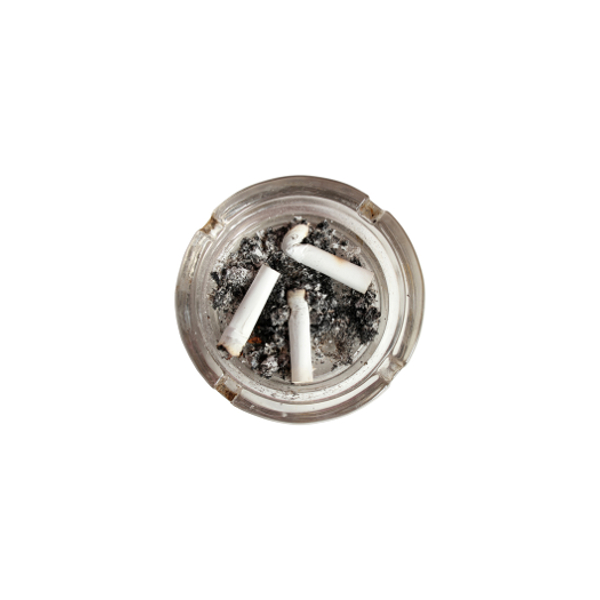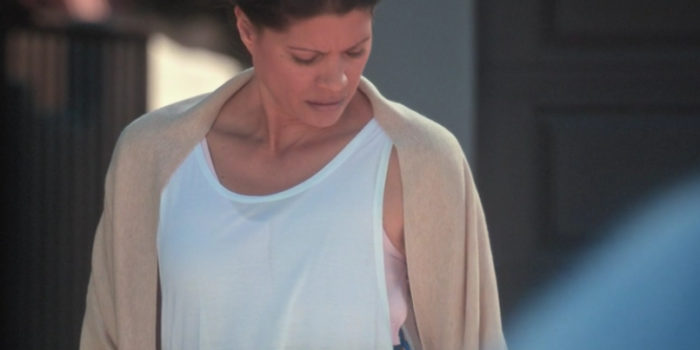When my third child was born prematurely, he went directly to the neonatal intensive care unit (NICU) because his lungs were not developed. He was diagnosed with Hyaline Membrane Disease now known as Surfactant Deficiency. Former President John F Kennedy’s third child died of this disease. In the NICU, my son was in an isolette receiving a special medication directly into his lungs so he could oxygenate his blood. Each day there were two nursing shifts.
One night, I came into the hospital to feed him and the nurse reeked of smoke. As a doctor, I was well aware of the effects of smoking on the development of cancers: lung, esophageal, head and neck, and others. I had a feeling that even though this nurse was not smoking in the NICU, her clothes, hair and even her skin were leeching the toxic smell of smoke to my preemie with a respiratory condition. I demanded that she be transferred from my son’s care, and she was replaced. The incident left me wanting a name for this situation, and now we know what it is called: third-hand smoke.
First-hand smoke is inhaled by the smoker. In addition to cancer, smoking leads to other diseases: heart disease, lung disease, diabetes, gum disease, vision loss and blindness (see CDC).
Second-hand smoke is the smoke either exhaled by a smoker or released from the end of a burning cigarette that is inhaled by others nearby. Breathing in second-hand smoke is dangerous for anyone, but it is a particular problem for children, since it leads to the development of asthma, respiratory infections, ear infections and even, it is believed, sudden infant death syndrome (read more from the CDC).
Third-hand smoke is the tobacco smoke residue and gases left after a cigarette has been smoked. According to the Mayo Clinic, the smoking residue is thought to “react with common indoor pollutants to create a toxic mix including cancer causing compounds, posing a potential health hazard to nonsmokers — especially children.”
Long after the smoking has stopped, the third-hand smoke residue clings to and builds up on clothes, furniture, countertops, drapes, walls, bedding, carpets, dust and vehicles. Thorough cleaning and laundering and removal of carpets and wallpaper can remove some of the residue, but spraying with air freshener or opening up windows does very little. Furthermore, efforts to confine the smoking to one room are futile. The microscopic particles are aerosolized, and find their way throughout a building.
The next time you are in a hotel room or a rental car that smells like smoke, and moving to another hotel is not an option, at least insist on getting a different room. Do not simply settle for a dose of air freshener sprayed around.
And when your friends or colleagues step outside for “some fresh air” and then light up, remind them that upon their return they are, ironically, subjecting others to a cloud of toxic chemicals.





